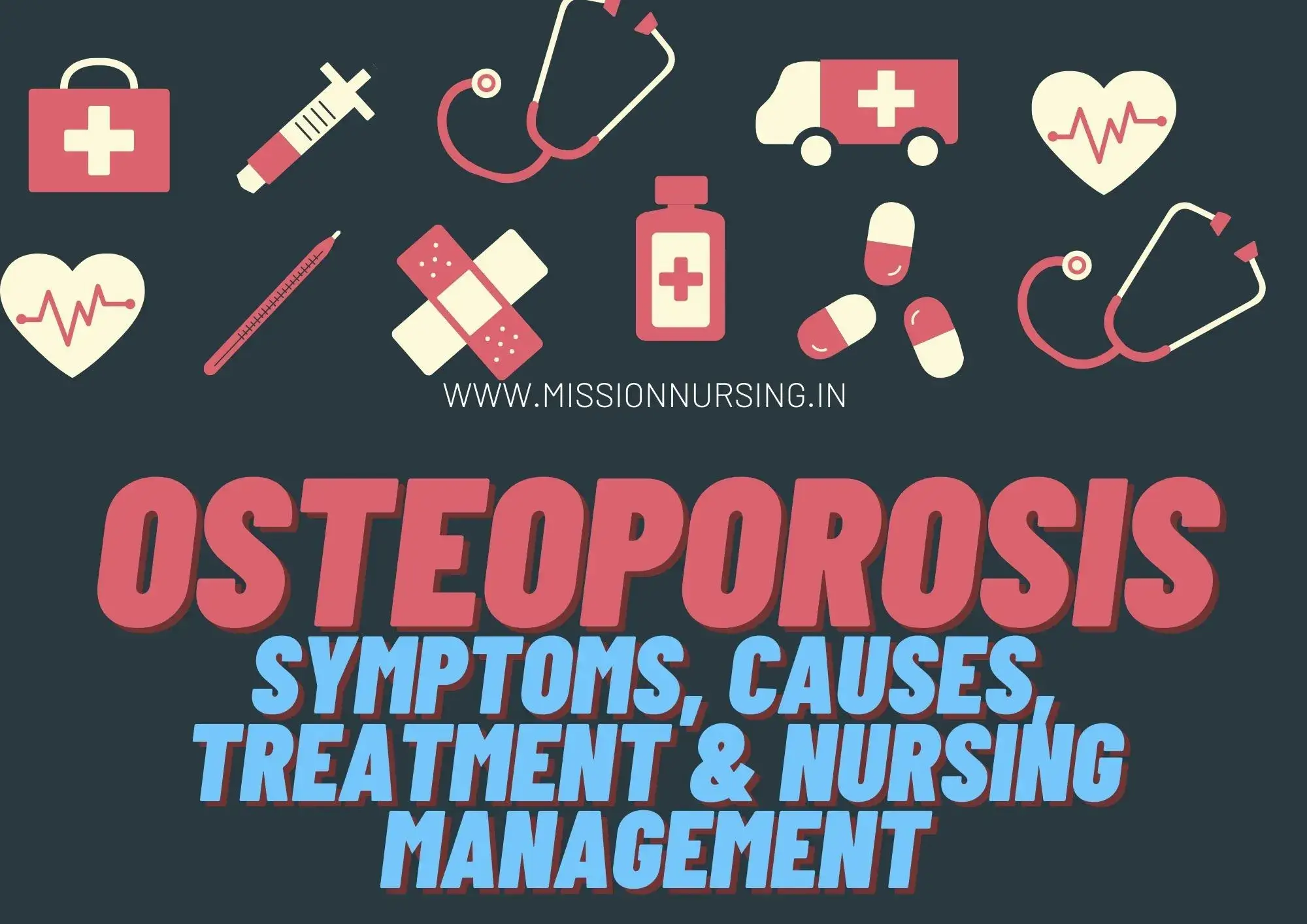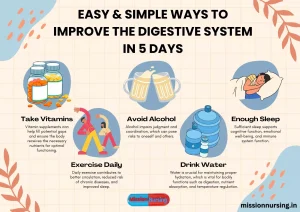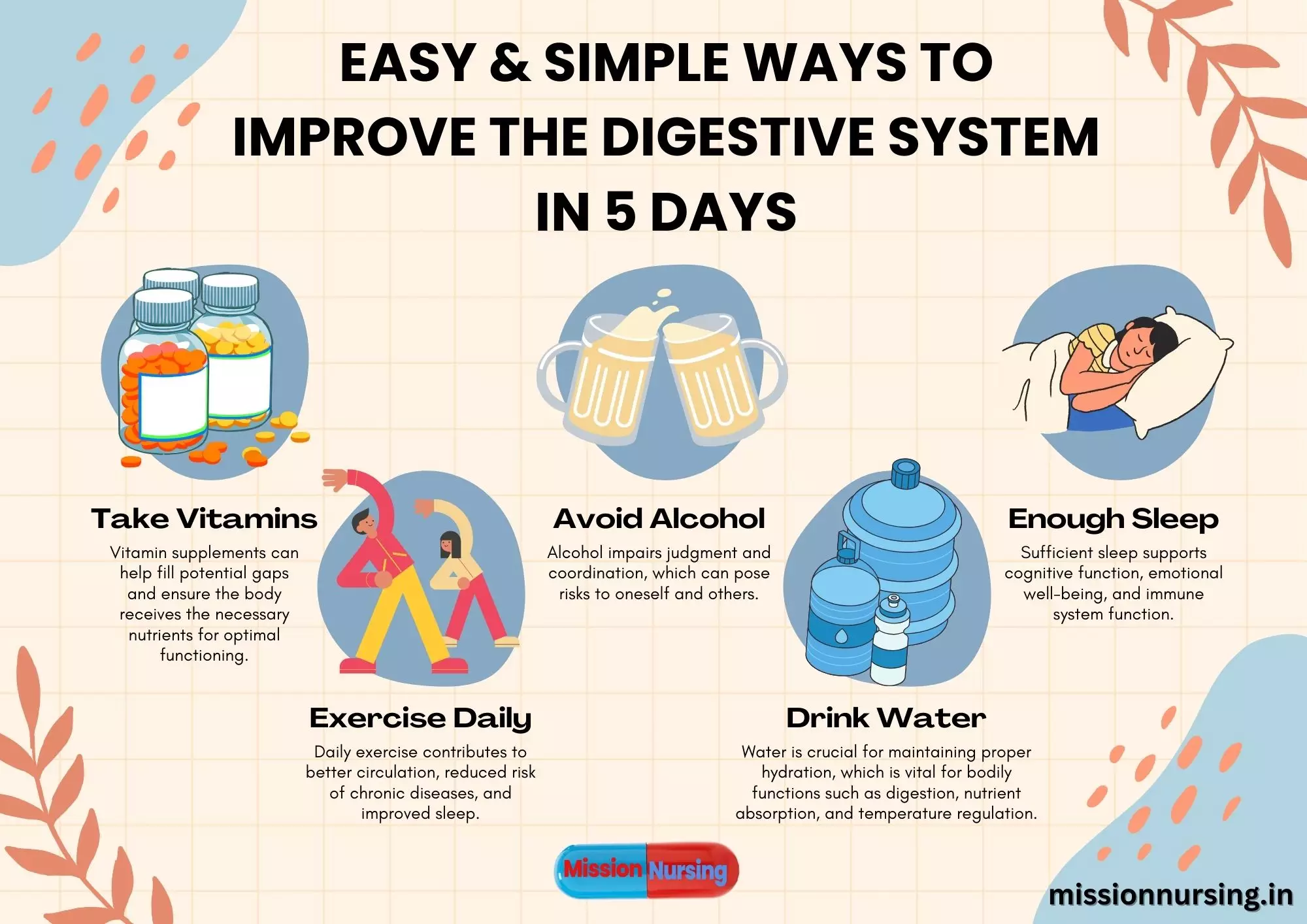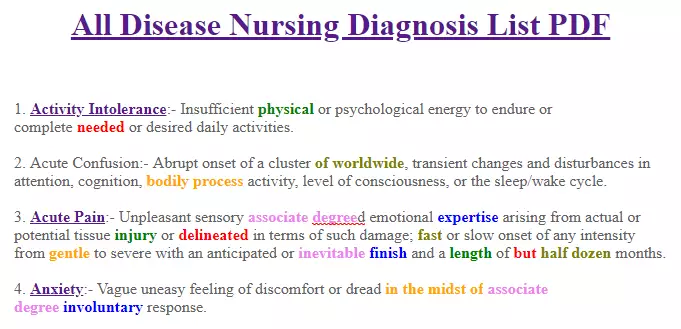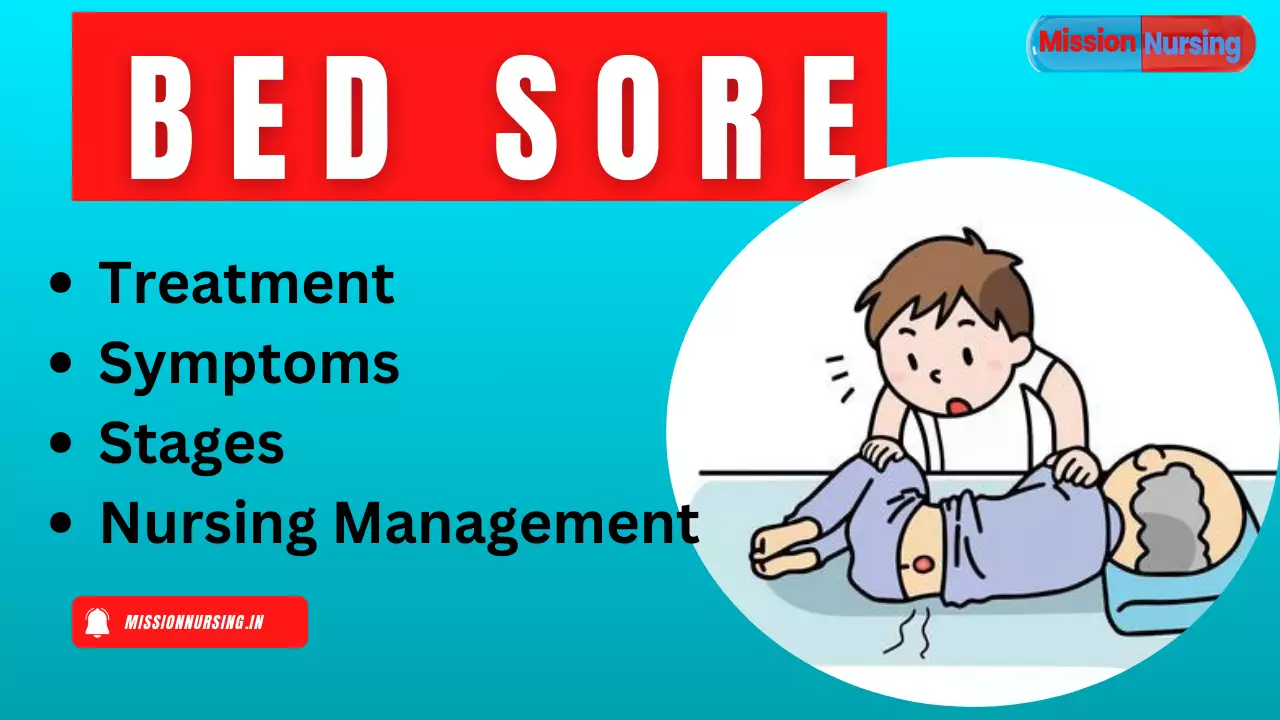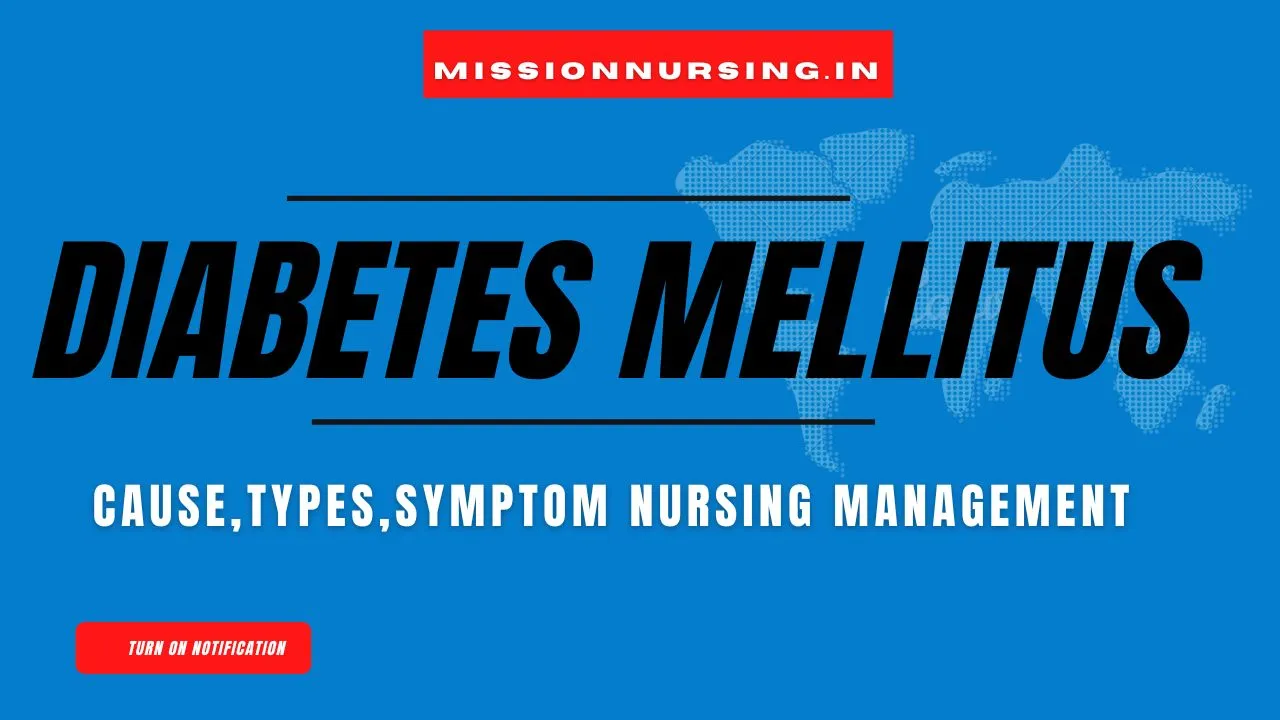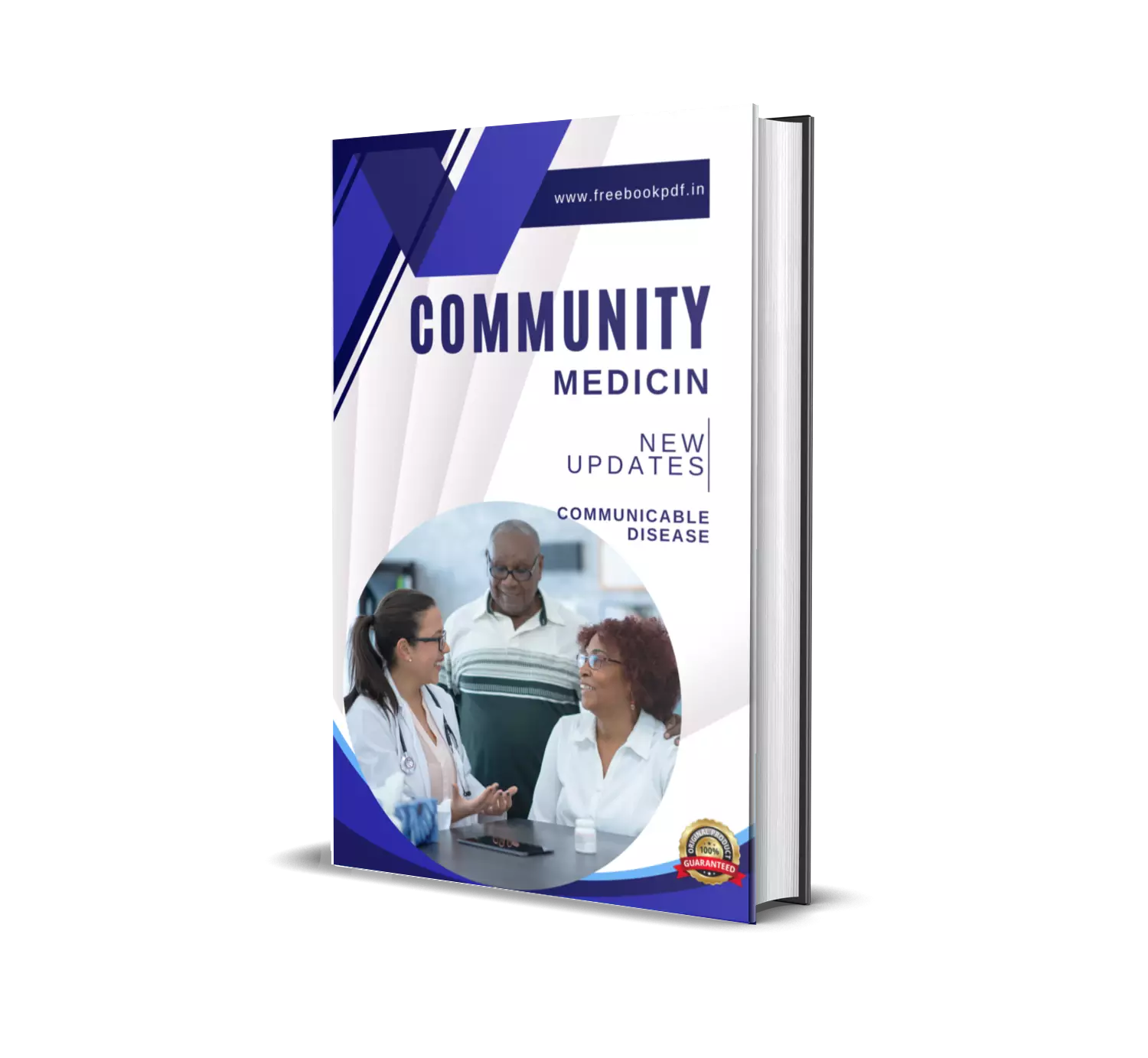What is Osteoporosis?
Osteoporosis is a metabolic disorder characterized by a reduction of bone density and a change in bone structure. Osteoporosis is a systematic skeletal disorder characterized by the demineralization of calcium and phosphate. It is a medical disorder in which the bone becomes weak and easily broken. Female patients have more prevalent than males.
Mainly 3 bones affected in Osteoporosis –
- Hip bone
- Wrist bone
- Vertebral column.
Types of osteoporosis
Primary osteoporosis
- Primary osteoporosis generally occurs due to changes in the body without any pathological cause.
- Eg. – Postmenopausal osteoporosis
- Age-associated osteoporosis.
Secondary osteoporosis
- Secondary osteoporosis occurs due to any pathological disorder.
- Eg. – Cushing disease, smoking and alcohol, accident etc.
Cause of osteoporosis
- Lack of calcium and phosphate.
- Genetic disorder.
- Age above 40 – 50
- Calcium and vitamin D deficiency
- Smoking and alcohol abuse
- Thyroid hormone
- Corticosteroid medications
- Chronic illness
- Antithyroid medication
- Decrease testosterone level
- Breast cancer
- Sedentary lifestyle
- Immobilization of body parts.
Pathophysiology of osteoporosis
Cause
↓
Bone loss
↓
Decrease serum calcium level
↓
Decrease parathyroid hormone
↓
Decrease bone density
↓
Osteoporosis.
Sign/Symptom of osteoporosis
- Generally asymptomatic
- Acute pain ( in the back, neck and bone )
- Compression fracture of the spine
- Decrease daily living activity
- Decrease mobility
- Lordosis, kyphosis
- Radiculopathy
- Multiple fracture
- Decrease activity tolerance
- Dowager Humps
- Weakness
- Loss of weight.
Diagnostic examination of osteoporosis
- History collection and physical examination.
- Dual energy X-Ray absorptiometry.
- Serum calcium level ( decrease )
- Bone biopsy
- CT scan and MRI
- Thyroid hormone level
- Parathyroid hormone level
- CBC.
Medical management of osteoporosis
- Hormone replacement therapy.
- Calcitonin – to increase bone absorption.
- Bisphosphonate – to decrease reabsorption.
- Vitamin D and calcium supplement.
- Weight burning exercise
- Physical therapy and exercise.
Nursing management of osteoporosis
- Monitor patient vital signs and range of monitors.
- Nurses assist the patient and provide safety precautions.
- Nurses manage the dietary pattern and provide excessive milk or plenty of fluid in the diet.
- Administer vitamin D and calcium supplements.
- Provide prescribed medication.
- Provide physiological and emotional support.
- The nurse will treat the patient’s curvature and fractures.
- Allow a range of motion and adequate rest.
- Provide health education.
General FAQ About Osteoporosis:
What is Osteoporosis?
A metabolic disorder of bone that causes loss of bone mass is Osteoporosis
What is Secondary osteoporosis?
Osteoporosis is associated with the pathological disorder that is Secondary osteoporosis.
Osteoporosis is generally more prevalent in
Females
What is the most important nursing action in osteoporosis?
Provide safety.
What is a Common diet for osteoporosis patients?
Calcium supplements
Which hormones are affected in the condition of osteoporosis
Parathyroid hormone

